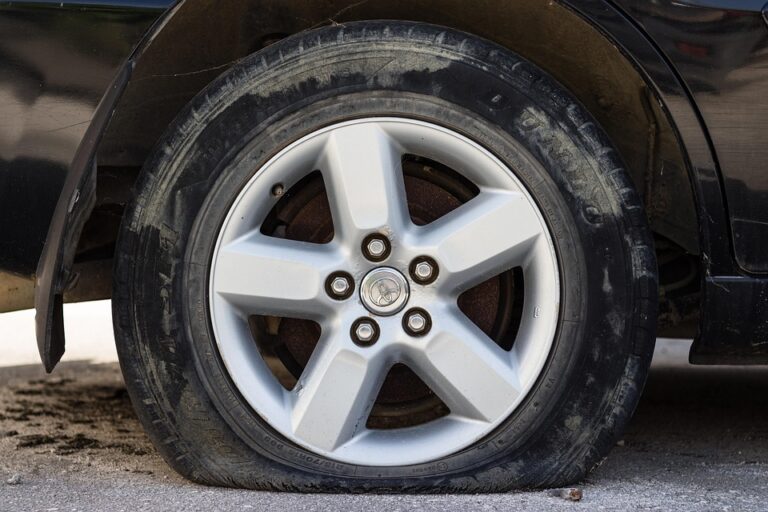Choosing the Right Tires: Tips for Maintenance and Performance
When it comes to ensuring safety and optimizing vehicle performance, tire maintenance plays a crucial role. Properly maintained tires not only enhance driving experience but also extend the lifespan of your tires, improve fuel efficiency, and ensure safety on the road. This comprehensive guide provides valuable tips for choosing the right tires and maintaining them effectively.
Understanding Tire Types
Different Types of Tires
Selecting the appropriate tires for your vehicle is the first step towards achieving optimal performance. Here are the main types of tires you should consider:
-
All-Season Tires
Designed for versatility, all-season tires offer a balance of performance and comfort for varied weather conditions. They are suitable for mild winter weather but may not perform well in extreme snow.
-
Winter Tires
If you frequently drive in snowy or icy conditions, winter tires are essential. They are constructed with specialized rubber compounds that remain flexible in cold weather, providing improved grip and better stopping power.
-
Performance Tires
Aimed at users looking for enhanced handling and improved speed, performance tires are optimized for responsiveness and stability, making them excellent for sports cars and performance vehicles.
- Off-Road Tires
Designed for rugged terrain, off-road tires feature aggressive tread patterns for traction on dirt, mud, and rocky roads. These tires are ideal for drivers who frequently venture into unpaved areas.
Choosing the Right Tire Size
Before purchasing tires, it’s critical to know the right size for your vehicle. Look for the tire specifications on the driver’s side door or the vehicle’s manual. Tire specifications usually include:
- Tire width (in mm)
- Aspect ratio (height/width)
- Diameter (of the wheel in inches)
It’s essential to stick to the manufacturer-recommended size for safety and performance.
Essential Tire Maintenance Tips
Regular Tire Inspections
Regular inspections help you catch issues before they become significant problems. Here are a few things to check:
-
Tread Depth
Use the penny test: insert a penny into the tread with Lincoln’s head facing down. If you can see all of Lincoln’s head, it’s time to replace your tires.
-
Sidewall Condition
Inspect tires for cuts, cracks, and blisters regularly. These can weaken the tire structure and affect performance.
- Air Pressure
Check tire pressure monthly and before long trips. The correct tire pressure can be found on the tire sidewall or in your vehicle manual. Under-inflated tires can lead to poor fuel economy and increased tire wear.
Rotating Your Tires
Regular tire rotation extends their lifespan and ensures even wear. Most manufacturers recommend rotating tires every 5,000 to 7,500 miles, or as advised in your vehicle’s owner manual.
Aligning and Balancing Tires
Improper alignment can lead to uneven tire wear and affect handling. Get your alignment checked if your vehicle pulls to one side or if your steering wheel isn’t straight when driving. Similarly, tire balancing prevents vibration and ensures a smooth ride. Have your tires balanced when you install new ones or if you experience vibrations during driving.
Enhancing Tire Performance
Choosing Quality Over Cost
While budget is a factor, investing in high-quality tires can save you money in the long run. Quality tires offer better safety features, durability, and performance. Look for reviews and ratings from reliable sources to guide your purchase.
Seasonal Considerations
When the weather changes, so should your tires. If you live in an area with distinct seasons, consider swapping from all-season to winter tires for the colder months and back to all-season or performance tires in warmer months. This practice significantly enhances safety and performance.
Conclusion
Taking the time to choose the right tires and maintain them correctly can make a world of difference in your vehicle’s performance, safety, and efficiency. Regular inspections, proper inflation, and timely rotations will keep your tires in top shape. Remember that investing in quality tires is just as crucial as routine maintenance.
With these tips in hand, you can confidently navigate the maze of tire choices and maintenance practices. Ensure your driving experience is safe and enjoyable by keeping your tires well-maintained—your vehicle’s performance depends on it!
For more information on tire maintenance or to explore different tire options available, visit our Tire Resources page or consult a tire specialist to find the best fit for your vehicle needs.


